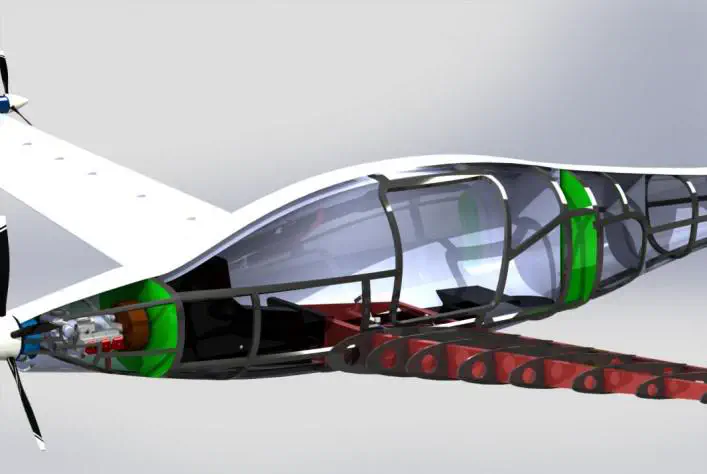
Abstract
The aerospace industry is moving fast towards saving money, keeping the environment green, reducing noise and minimizing emissions. In response to AIAA aircraft design competition (undergraduate-team category) “Hybrid-Electric General Aviation (HEGAA) 2018”, hyBIRD aircraft family is presented in this design report. hyBIRD is a team of four undergraduate students from the University of Science and Technology at Zewail City, Egypt. The team worked on designing a family of aircraft for an entry in service (EIS) in 2028 for the 4-seater aircraft and 2030 for the 6-seater based on the future technology. This required forecasting the technology trends for the powertrain components and studying the similar airplanes market, in the same category, which helped identifying our competitive edge and selling point. Advanced design approaches were performed throughout the whole design process such as Integrated Reconfigurable Matrix of Alternatives (IRMA) for aircraft configuration selection, powertrain sizing optimization, Computational Fluid Dynamics (CFD) and composites FEA analysis. hyBIRD aircraft is an all-composite airframe with serial hybrid propulsion system utilizing a turbo-normalized piston engine, a frontal electric motor and two smaller motors on the wing-tips. A tadpole-shaped fuselage with low-wing and V-tail was selected. Both airplanes are identical except for the flight controller, motors and batteries which results in an 83% part-commonality by weight and this can help achieve minimal development, certification, and manufacturing costs. Based on the aircraft weight, complexity, and performance, the Eastlake cost model estimates the aircraft to be highly competitively to various aircraft of similar performance in terms of initial and operational costs.